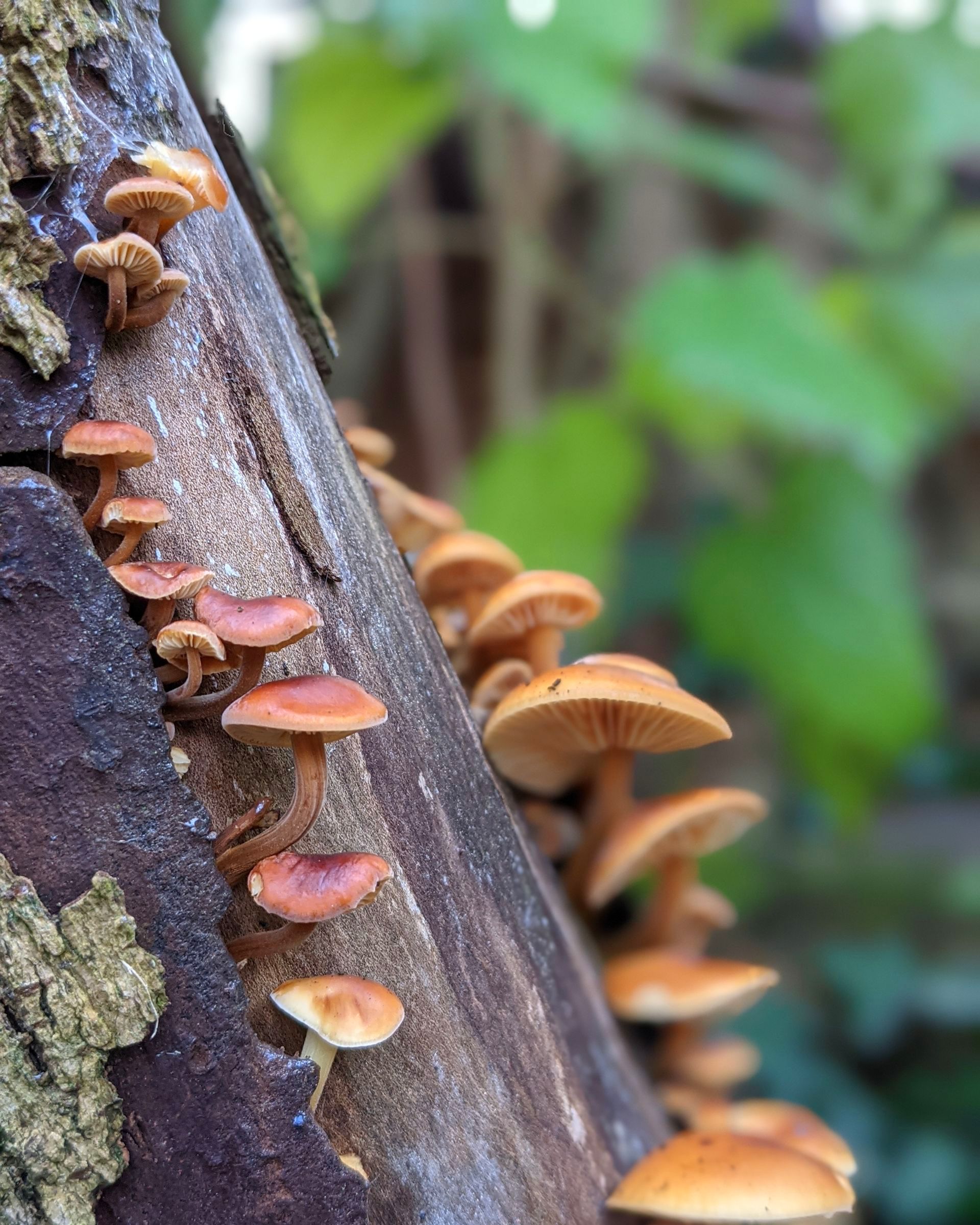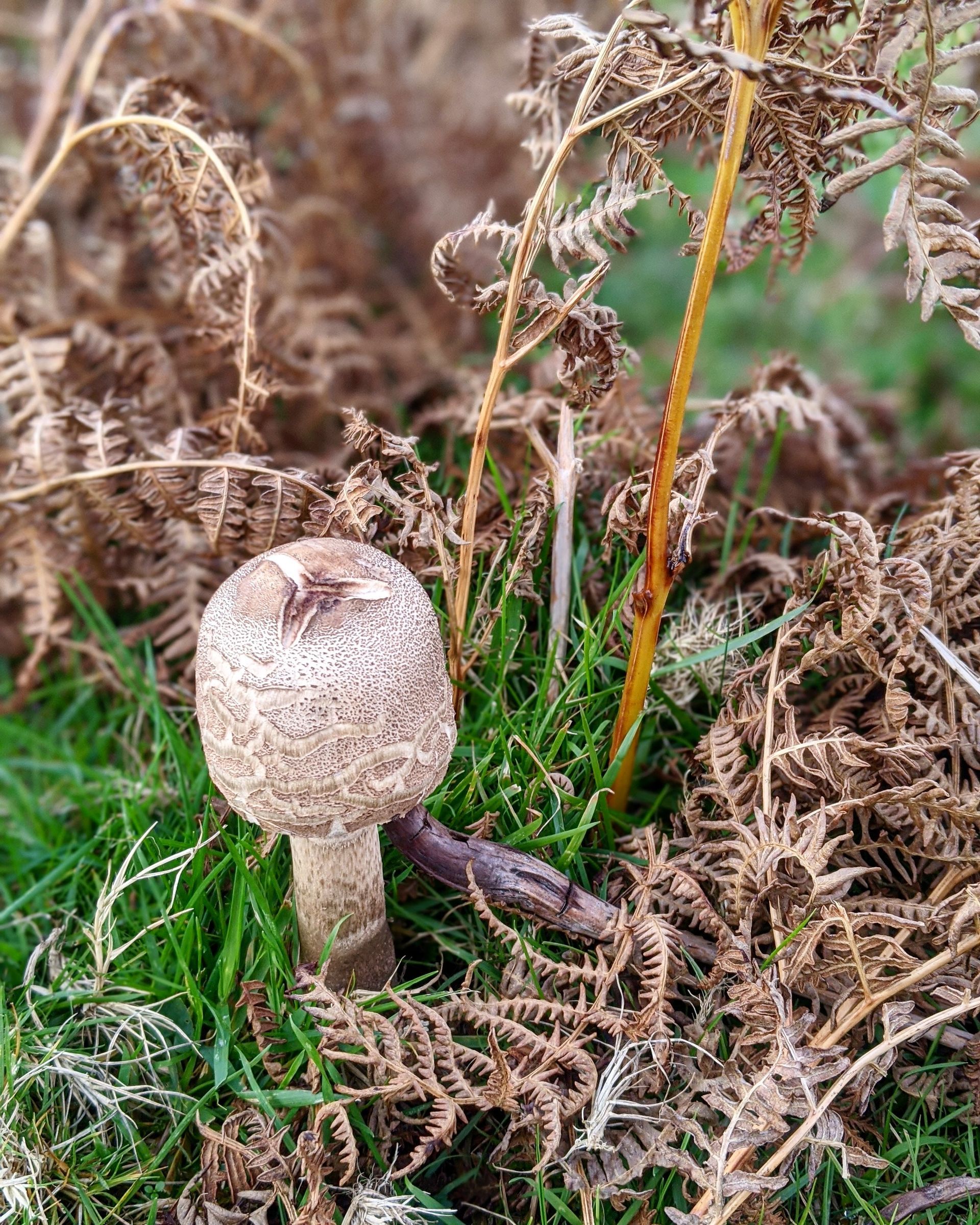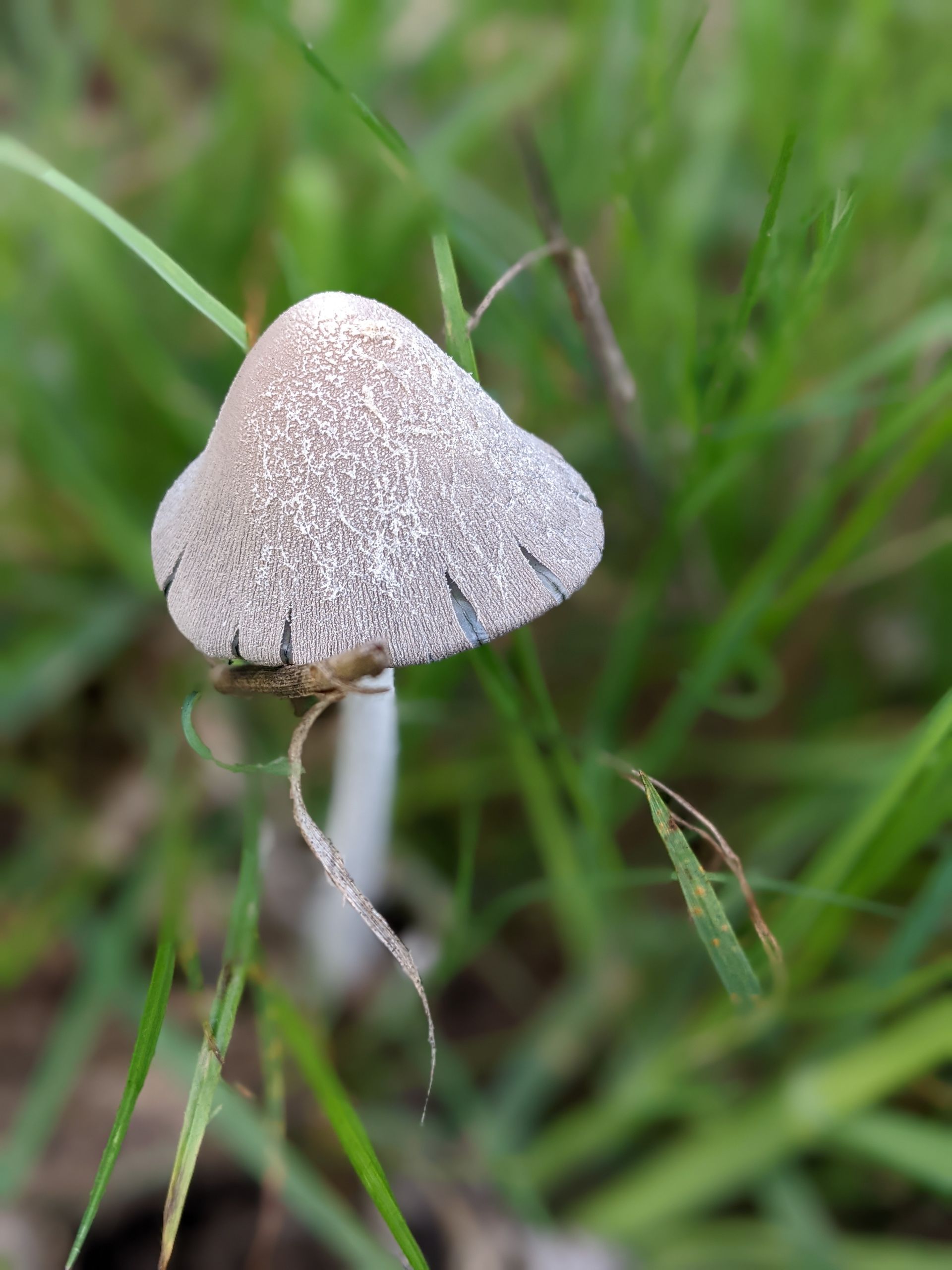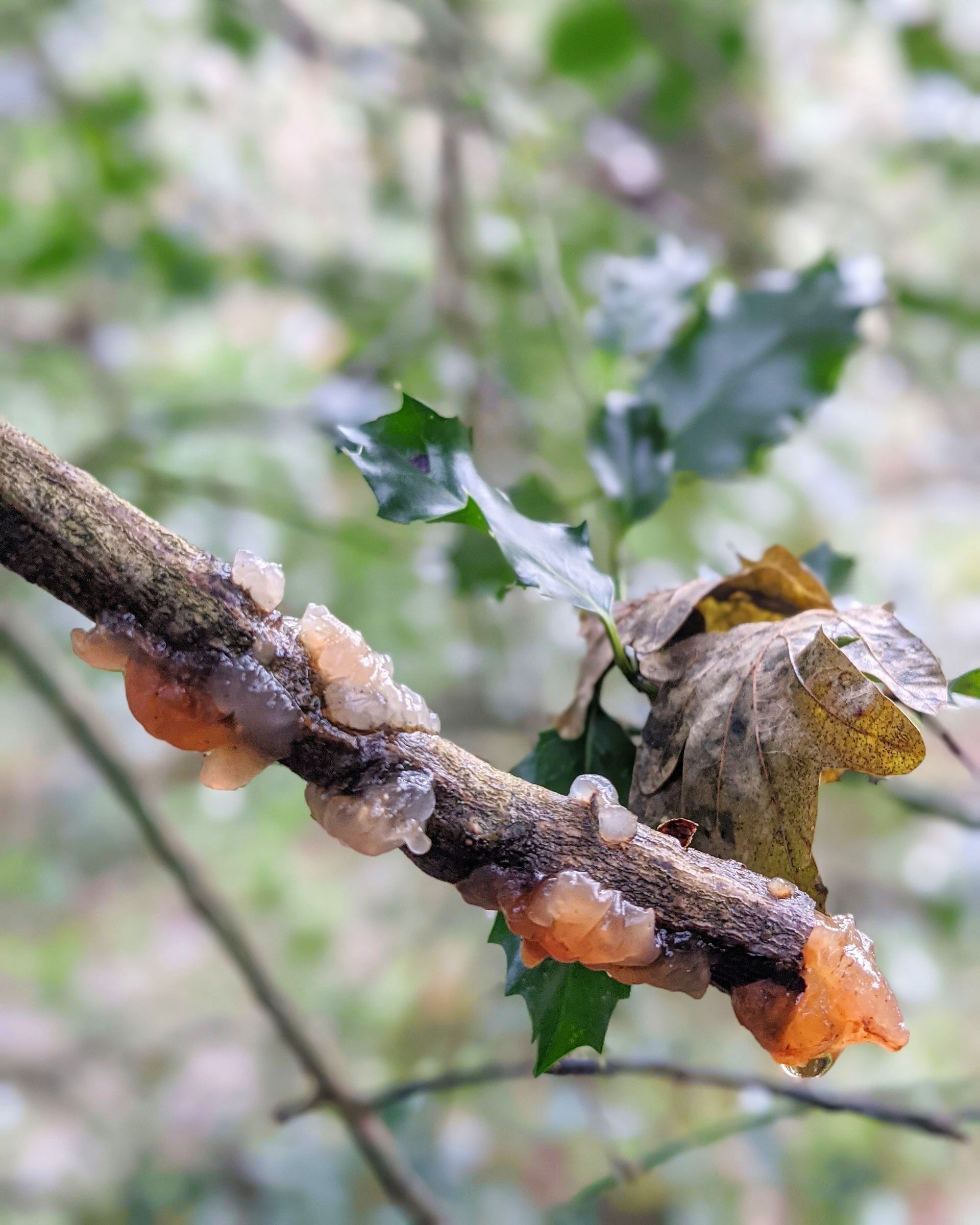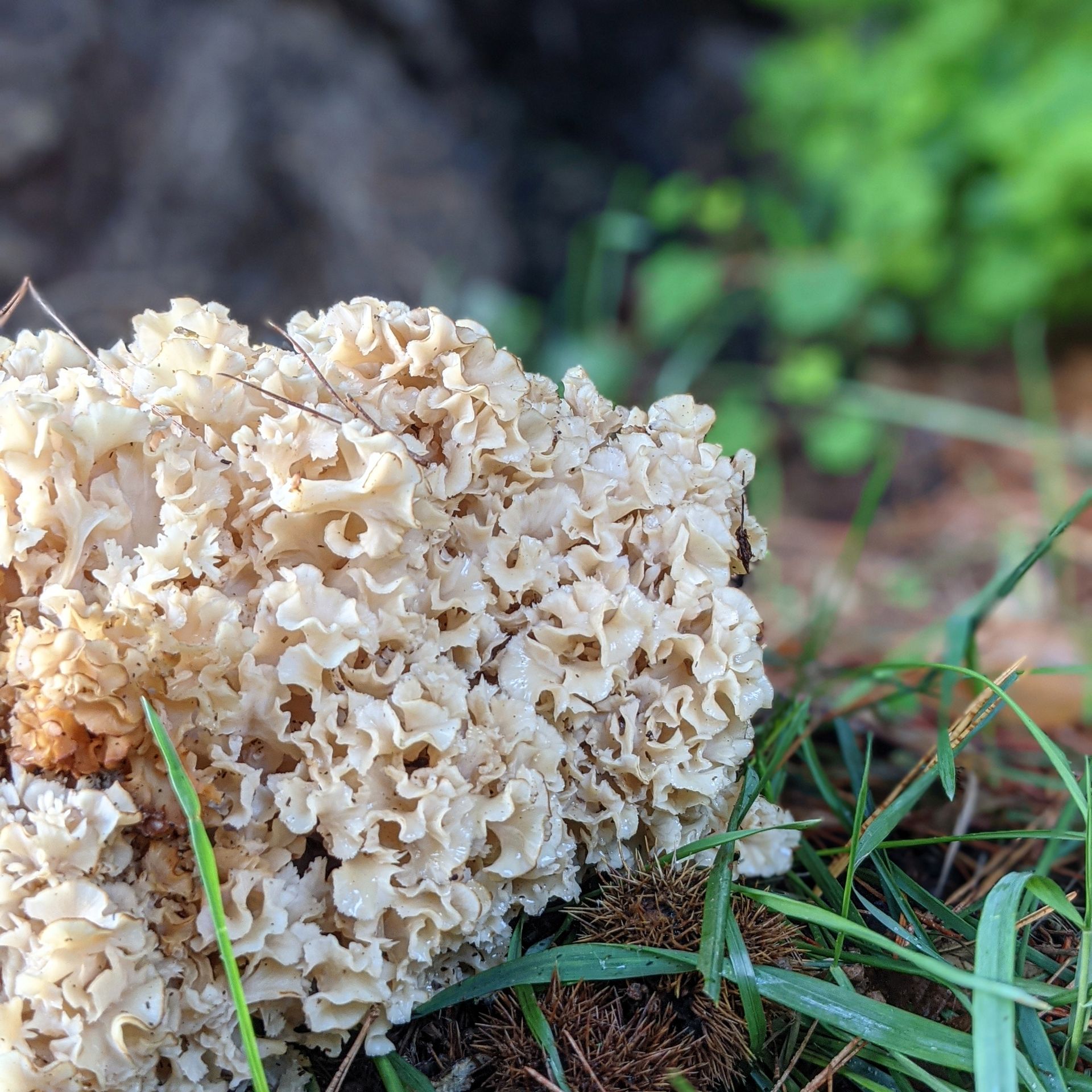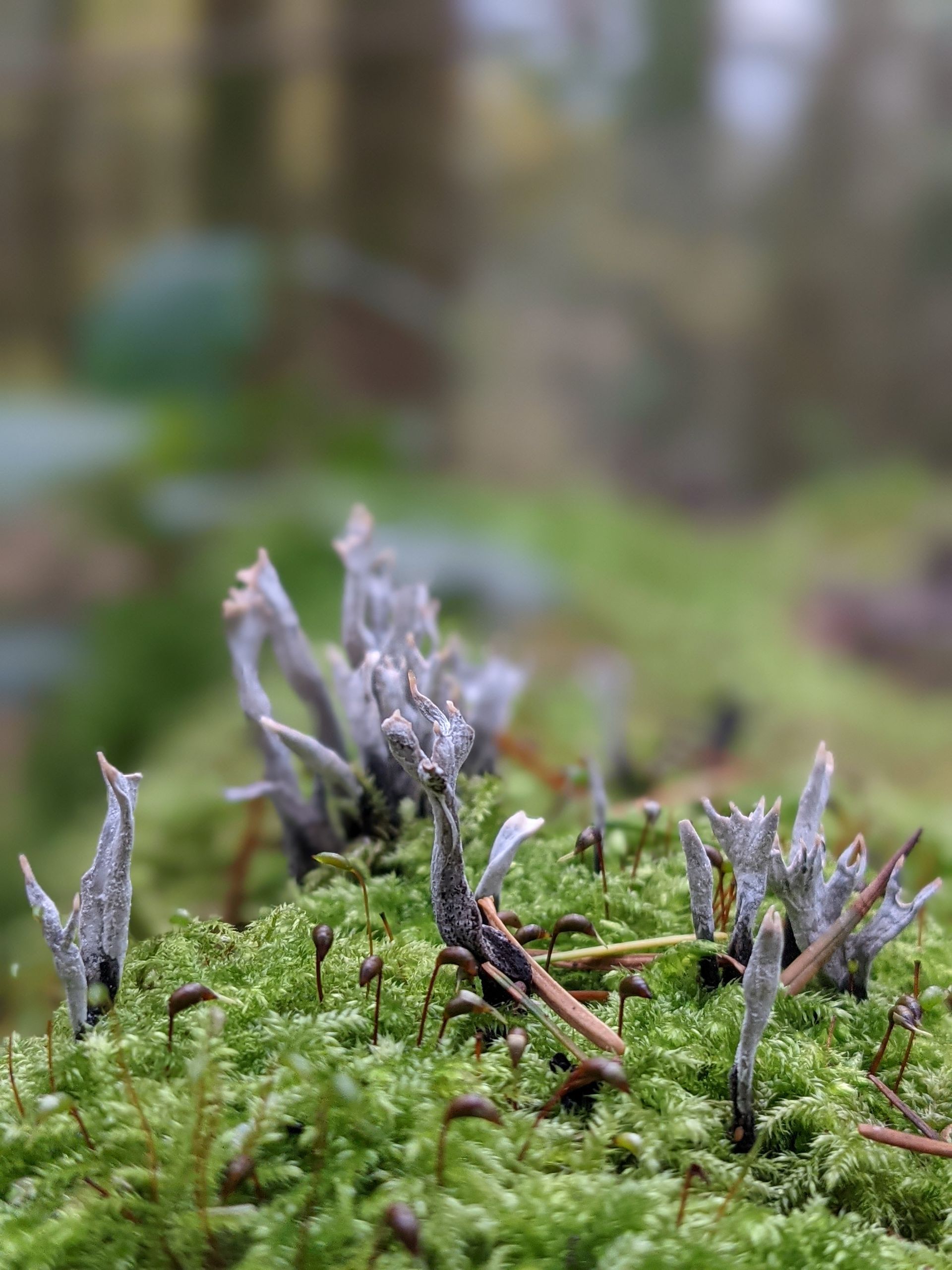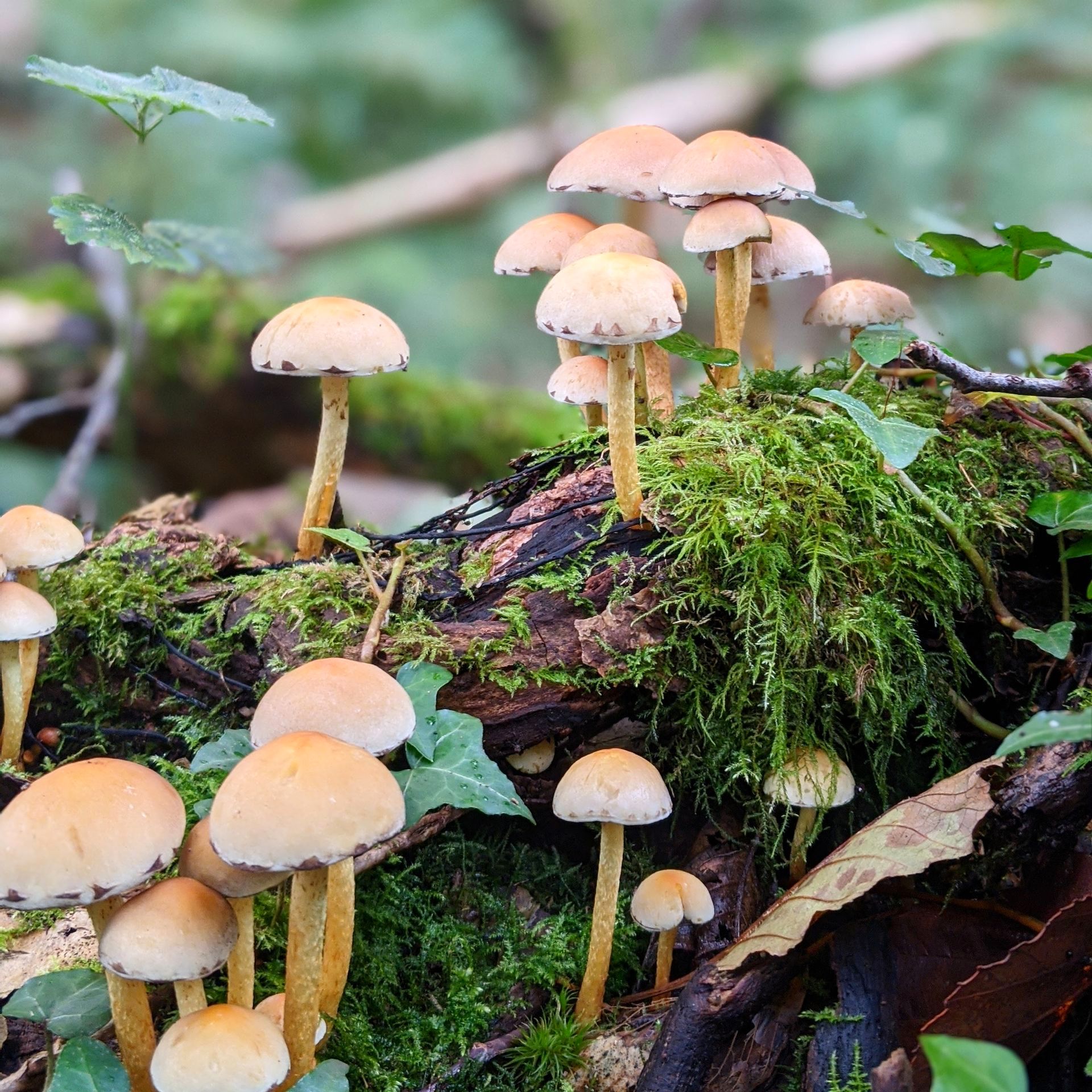Wild Fungi
Forests, moorlands and ancient woodlands are home to many different fungi in the cooler months when there is plenty of moisture in the air, beware the poisonous ones
-
Wood Mushrooms
ButtonSome Wood Mushroooms are safe and some are deadly, like the deadly Funeral Bell.
Avoid fungi with white gills, a skirt or ring around the stem or a sack-like base (or volva). Avoid mushrooms with red on the cap or stem.
Many animals can eat poisonous fungi with no ill effects so don't do the same if you are unsure.
The golden rule is not to consume any mushrooms unless you are absolutely certain of what they are.
-
Moorland Mushroom
ButtonPerfectly cylindrical with a close-fitting cap. Smooth, leathery to the touch, oyster white.
An unknown to me. I would not want to pluck it from its cosy bed of mosses, grass and bracken ferns.
Perhaps food for the ponies and other creatures or birds who might enjoy a nutritious boost.
Perhaps to live and release its fine spores before returning to the Earth and boosting the nutrients in the ground.
-
Bracket Fungi
ButtonCommon to our isles, known as Shelf or Polypore Fungi. Found on trunks and branches of dead and living trees.
Tough, durable and bitter - not for eating - it has a long history of medical uses for antiseptics and for wound dressings.
Bracket Fungi was made into a leather-like material used for protective clothing. It was often used as tinder to start fires.
-
Hare's Foot Inkcap
ButtonI am not absolutely certain of the identification of this elegant, dove grey mushroom found in a meadow.
It caught my eye with it's striking shape and brightness. The fine powder-like coating could be spores, waiting for the wind to sweep them away.
If it is a Hare's Foot Inkcap, it is considered Inedible as food beacuase it's not very tasty rather than being poisonous.
-
Turkey Tail Fungi
ButtonThis one I know and love, the ligher, fresher, plumper and softer the better.
Soft to the touch, yet tough. Care should be taken when removing from their strong connection to the wood.
Take a small amount home to clean thoroughly, cut into small pieces and dry naturally for several days in an ambient temperature.
Simmer a small handful gently in filtered water to make a highly beneficial medicinal tea, sweetened with honey.
-
Orange Jelly Fungi
ButtonOozing from branches of trees as the weather cools and moisture fills the the air of ancient woodlands and forests.
A saprobic which grows on dead trees where the bark has fallen off. Colours range from pale yellow to bright orange.
Rubbery and gelatinous, this fungi is edible but apparently flavourless and not worth eating. It melts when cooked so has to be eaten raw, pickled or marinated.
-
Cauliflower Fungi
ButtonOnce a rich source of food and staple for local folk with a lovely hazelnut-like taste and chewy texture when thoroughly cooked.
Only young, fresh specimens should be used for eating as older ones are very tough and full of debris from the forest.
Known for its anti-fungal and antibiotic properties with beta-glucans for dietary fiber which is known to boost immunity and improve heart health.
-
Candlesnuff Fungi
ButtonPale in a soft dove grey, elegant and perfectly formed, this wild fungi is a tumour-fighter.
According to the Woodland Trust, it contains both anti-viral properties and compounds that are active against some human carcinomas.
It is not poisonous, although too small and tough to eat. It can be used as an edible garnish on food or to make into a essential oil.
-
Mushroom Cluster
ButtonA fine cluster of woodland mustrooms sprouting abundantly from the core of the mycorrhizal network connecting trees to the soil in the Earth.
Found in ancient woodlands where the ecosystem has been left to grow without contamination.
Woodland mushrooms grow in clusters or sometimes fairy rings and I would leave them well alone.
Privacy & Cookies Policy | Use of Website Terms | Online Sales Terms | Site Map
Website created and built by Sue Cartwright | No AI is or has been used to build this site or create the content herein
All Rights Reserved | Sue Cartwright | Spiral Leaf

